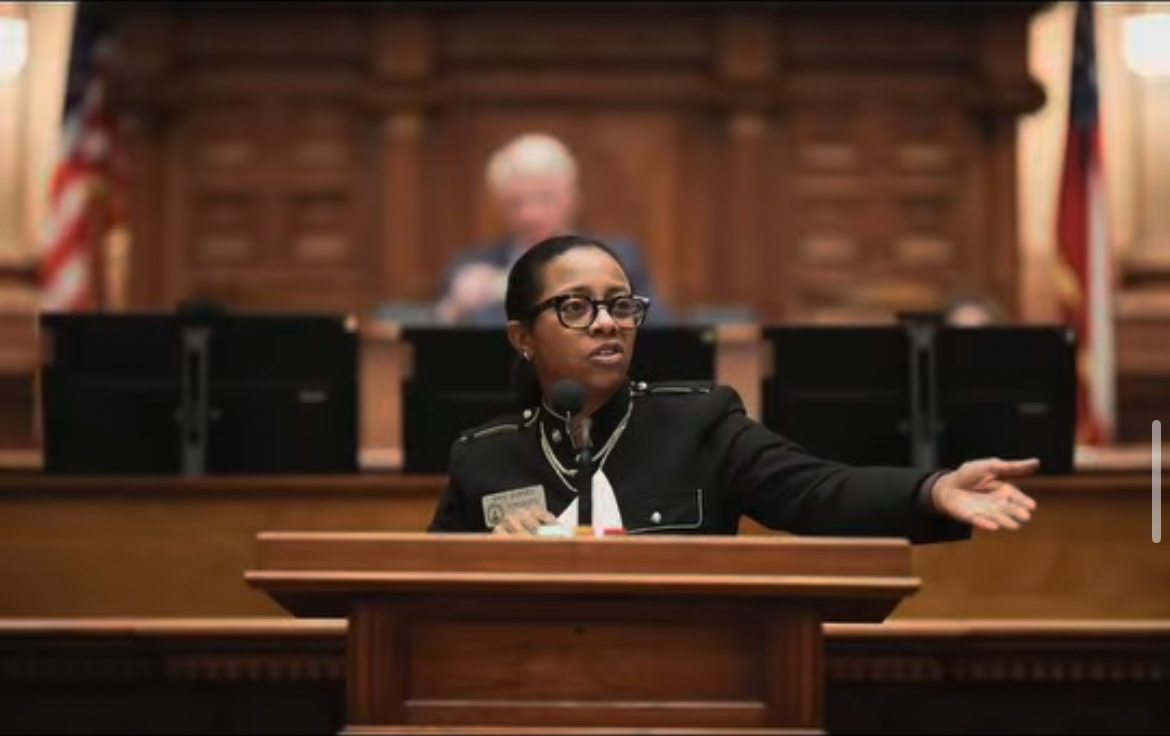The Southerner has had no shortage of coverage of the racial divide, both socially and academically, in our school and in our district (see: Ben Gittelson and Sam Weinstock’s award-winning story about the segregation resulting from Grady’s “small learning communities” program, Sammi Dean’s story and Olivia Veira’s story, both about accusations of racial discrimination in APS’s re-districting process, Joe Lavine’s excellent comment about the racial divide resulting from the February gun incident at Grady, and, more recently, Emily Dean’s fantastic comment about unintentional segregation). But, it seemed to me, we have focused too much on race, rather than the underlying factor, socioeconomic level. I care deeply about equal opportunity for all, especially when it comes to education, which should be the “great equalizer.” So when I saw how two-tiered our education system is, and how little attention it was getting, I decided to write a long-form story about the issue.
Although I had been turning it over in my mind for months before, the first time the story got seriously considered to run in the print edition of The Southerner was in September, during our brainstorming meeting for Issue 2. We discussed many aspects of the multifaceted issue that the socioeconomic achievement gap is, and raised the possibility of the story being an entire special section. But I knew it would take a long time to research and write, so I worked on it as a side project for the next couple of weeks, in addition to the normal routine of stories that I would write for the monthly print edition. In mid-November, though, as Issue 3 was entering its final stages, I turned my full attention to the story.
I had compiled hundreds of pages of research, and I began contacting experts to interview. By early December, I had interviewed five experts from institutions like Emory University to the Center for American Progress, and I had analyzed data from 8 districts and 61 high schools in metro Atlanta. But I realized that I needed a human interest aspect to keep the reader engaged. So I decided to visit a school in south Atlanta, an area that my data analysis showed had a much higher rate of low-performing, high-poverty schools. I chose the South Atlanta Law and Social Justice School, because, though it had a 95 percent poverty rate, its students had comparatively high test scores.
When I visited, I was amazed by all the good things that seemed to be happening at the school. I spoke to the principal, Charlotte Davis, who seemed to truly care about not only raising her students’ test scores, but also helping to level the playing field for her students, many of whom come from very disadvantaged backgrounds. I also talked to several teachers and students, and they all were eager to help, and just as passionate about issues like equity and social justice as I am. They consistently disproved the stereotype many people have of these schools, which is that they are crumbling, decrepit buildings filled with teachers who don’t care and students who are always acting out. The common misconception that many have about these “failing schools”, reinforced by politicians and education reformers, can oftentimes be refuted if people actually visit the schools they’re talking about. Obviously, our education system has problems, and that is what my story is about, but the take-away from my visit to South Atlanta is not to simply give up on these schools, but to give them more resources so they can break the vicious cycle of poverty that will return many of America’s most disadvantaged students to the low-income jobs, or lack of any jobs at all, of their parents, if nothing is done.
There are many other proposed solutions that I discuss in my article, from universal preschool to reorganizing school funding to heightened accountability to incentive pay. But there is one common theme throughout the article: unless our public education system stops perpetuating inequalities in our society, we will need to add a caveat to America’s “land of opportunity” image: “…but only if you’re rich”.






